What is Fiberglass Antenna 5.8 dBi Antenna Lora 915 MHz Antenna?
The Fiberglass Antenna 5.8 dBi Antenna Lora 915 Antenna CTRF-ANTENNA-FB-0915-20550-NM is a gain of 5.8 dBi antenna Lora and an N-Type connector operating 902-928 MHz frequencies Omnidirectional fiberglass antenna manufactured by C&T RF Antennas Inc for Lora & LoRaWAN networks.
The Outdoor Antenna 5.8 dBi Antenna Lora Fiberglass Antenna is supplied by C&T RF Antennas Inc, the Lora internal antennas & Lora external antennas manufacturer in China.
C&T RF Antennas Inc provides the 15dBi Lora antenna, 11dBi Lora Antenna, 12dBi Lora antenna, 20dBi Lora antenna, 10dBi Lora antenna, 9dBi Lora antenna, 8dBi Lora antenna, 6dBi Lora antenna, 5.8dBi Lora antenna, 5dBi Lora antenna, 4dBi Lora antenna, 3dBi Glass Fiber Lora Antenna, 3dBi Lora antenna, 2.5dBi Lora antenna, 2dBi Lora antenna, etc.
C&T RF Antennas Inc provides different antenna types such as Through-hole Mount Antennas, Magnetic Mount Antennas, Rubber Duck Antennas, Fiberglass Antennas, PCB Antennas, FPC Antennas, Spring Coil Antennas, Sector Antennas, Yagi antennas, etc.
C&T RF Antennas Inc provides the internal-external antenna with many radio frequency bands such as Cellular, 6G, 5G, 4G, 3G, NB-IoT, GNSS, GPS, Dual-band Wifi, 5.8 GHz, 2.4 GHz, 169MHz, 230MHz, 315MHz, 433MHz, 868MHz, 915MHz LoRa, UWB, RFID, ADS-B, etc.
C&T RF Antennas Inc provides single-band, dual-band, and multi-band antennas such as 3in1 combination antennas 4G/GPS/Wifi antennas, 2in1 4G/GPS antennas, GSM/GPS antennas, 4G/Wifi antennas, GPS/Wifi antennas, etc. for Wi-Fi And Bluetooth, GPS And GNSS, LoRa And ISM, IoT, And M2M applications.
The Omni Fiberglass Antenna 5.8 dBi Antenna Lora 915 Antenna is available at C&T RF Antennas Inc.
C&T RF Antennas Inc offers Fiberglass Antenna 5.8 dBi Antenna Lora 915 Antenna inventory, Fiberglass Antenna 5.8 dBi Antenna Lora 915 Antenna pricing, & Fiberglass Antenna 5.8 dBi Antenna Lora 915 Antenna datasheets, or the other dBi Lora antennas.
Fiberglass Antenna 5.8 dBi Antenna Lora 915 Antenna Specifications
Fiberglass Antenna 5.8 dBi Antenna Lora 915 Antenna Electrical Specifications | |
| RF Antenna Type | Omni Fiberglass Antenna |
| Model | CTRF-ANTENNA-FB-0915-20550-NM |
| Frequency Range | 850-930MHz |
| Gain | 5.8dBi |
| VSWR | ≤1.8 |
| Impedance | 50 Ω |
| Polarization | Vertical |
| Directional | Omni-directional |
| Connector | N-type Male |
| Max Power | 50W |
| Lightning Protection | DC-Ground |
Fiberglass Antenna 5.8 dBi Antenna Lora 915 Antenna Mechanical Specifications | |
| Dimension | 20*550mm |
| Weight | Approx. 250g |
| Radome Material | Fiberglass |
| Operation Temperature | -20˚C ~ +85˚C |
| Storage Temperature | -40˚C ~ +85˚C |
| Color | Grey |
| Antenna Design | Dipole Array |
| Mounting | Screw |
| Safety Emission and other | RoHS Compliant |
| Applications | Public Safety/LMR/P25/TETRA, ISM/SCADA/Utilities, RFID, IoT/NB-IoT/LoRa |
LoRa Technology Essentials
Generally speaking, transmission rate, operating band, and network topology are the three main parameters that affect the characteristics of a LoRa sensing network.
The choice of transmission rate will affect the transmission distance and battery life of the system.
The choice of the operating band is a compromise between the frequency band and the design goals of the system.
And in FSK systems, the choice of network topology is determined by the transmission distance requirements and the number of nodes required for the system.
Lora interference immunity
Lora modems can be configured to divide the range of 64-4096 code slices/bit, using up to the highest spreading factor of 4096 code slices/bit. In contrast, ZigBee can only divide the range of 10-12 slices/bit.
By using a high spreading factor, LoRa technology can transmit small volumes of data across a large area of the radio spectrum.
The data actually looks like noise when you measure it through a spectrum analyzer, but the difference is that the noise is uncorrelated, whereas the data is correlated, and based on this the data can actually be extracted from the noise.
The higher the spreading factor, the more data can be extracted from the noise. In a well-functioning GFSK receiver, a minimum signal-to-noise ratio (SNR) of 8dB is required to demodulate the signal reliably.
With the AngelBlocks configuration, LoRa can demodulate a signal with an SNR of -20dB, and the GFSK approach differs from this result by 28dB, which corresponds to a much greater range and distance. In an outdoor environment, a difference of 6dB allows for 2 times the original transmission distance.
Lora forward error correction coding technology
Lora combines digital spread spectrum, digital signal processing, and forward error correction coding technologies to deliver unprecedented performance.
Whereas previously only high-level industrial radio communications incorporated these technologies, with the introduction of LoRa the situation in the field of embedded wireless communications has changed completely.
Forward error correction coding adds redundant information to the data sequence to be transmitted so that erroneous code elements injected during the data transmission process can be corrected in time at the receiving end.
This technique reduces the need to create “self-healing” packets for retransmission and performs well in resolving bursty error codes caused by multipath fading.
Once packets have been created and forward error correction coding injected to ensure reliability, they are sent to a digital spread spectrum modulator.
This modulator feeds each bit of the packet into a “spreader”, which divides each bit of time into a number of code slices.
About LPWAN
Low Power Wide Area Network (LPWAN) is an integral part of the Internet of Things (IoT), featuring low power consumption, wide coverage, and high penetration for applications where small amounts of data are sent and received every few minutes, such as water transport positioning, street light monitoring, parking space monitoring, etc.
The LPWAN-related organization LoRa Alliance now has 145 members worldwide and its lush ecosystem allows for strong interoperability of devices following the LoRaWAN protocol.
A fully LoRaWAN-compliant communication gateway can access tens of thousands of wireless sensor nodes within 5 to 10 km, which is far more efficient than the traditional point-to-point polling communication mode and can also significantly reduce node communication power consumption.
Fiberglass Antenna 5.8 dBi Antenna Lora 915 Antenna features
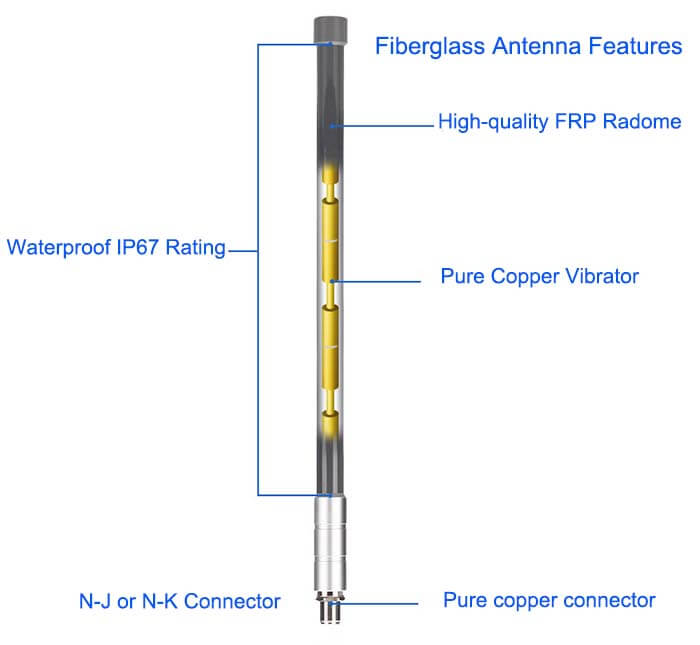
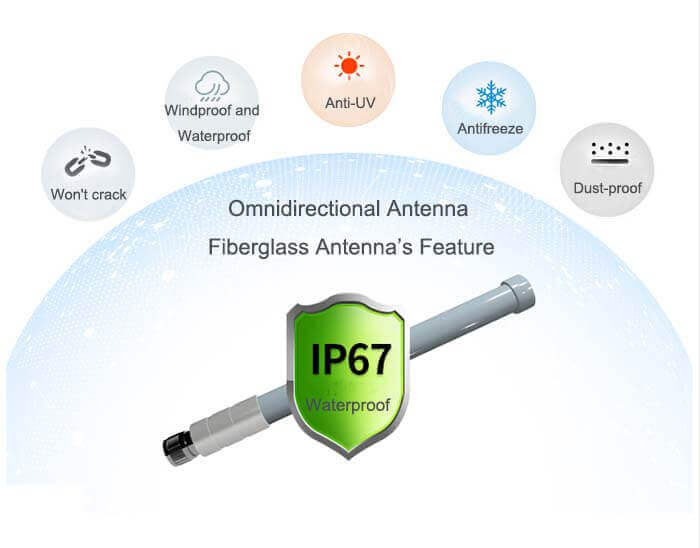
How do you mount a Fiberglass Antenna 5.8 dBi Antenna Lora 915 Antenna?
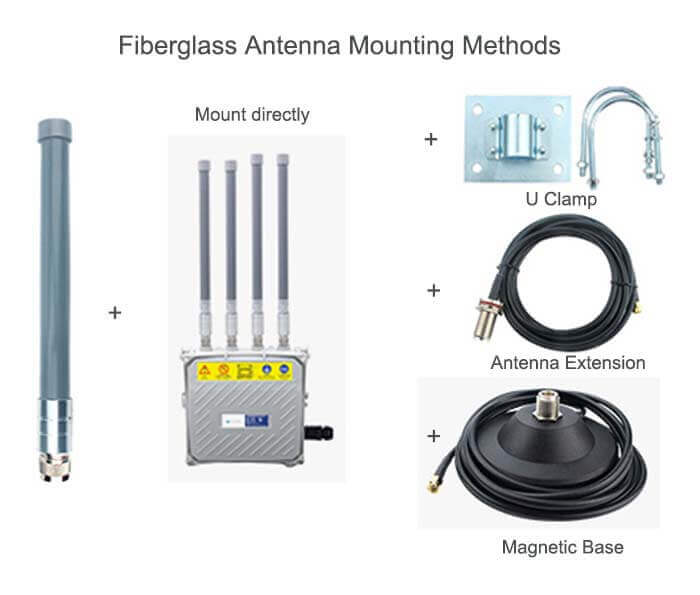
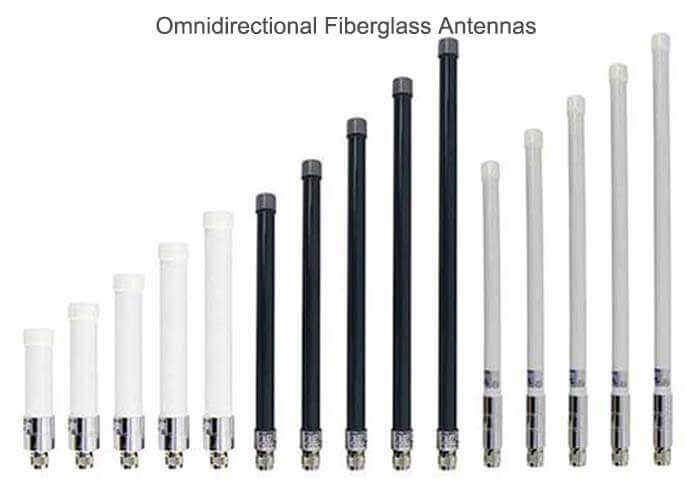
Fiberglass Antenna 5.8 dBi Antenna Lora 915 Antenna Applications


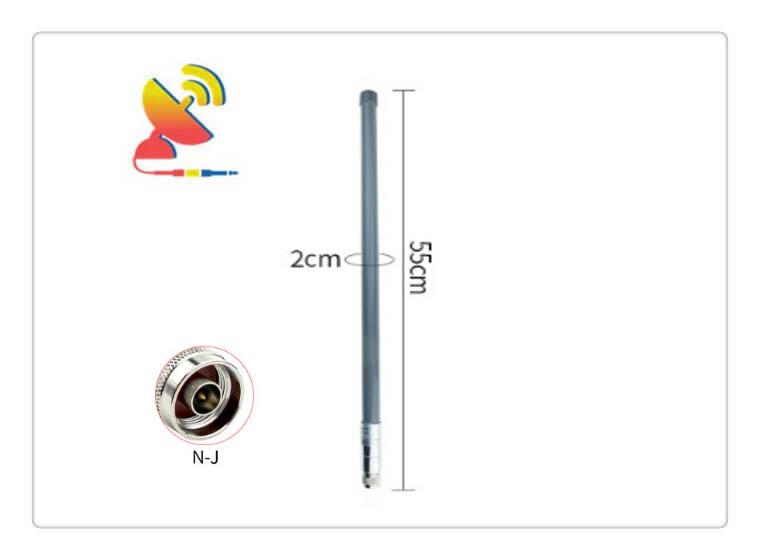
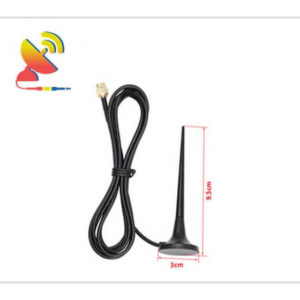
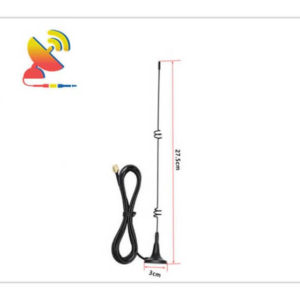
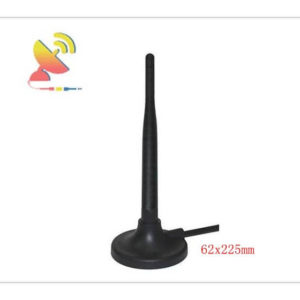
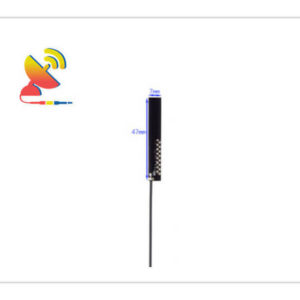
Reviews
There are no reviews yet.